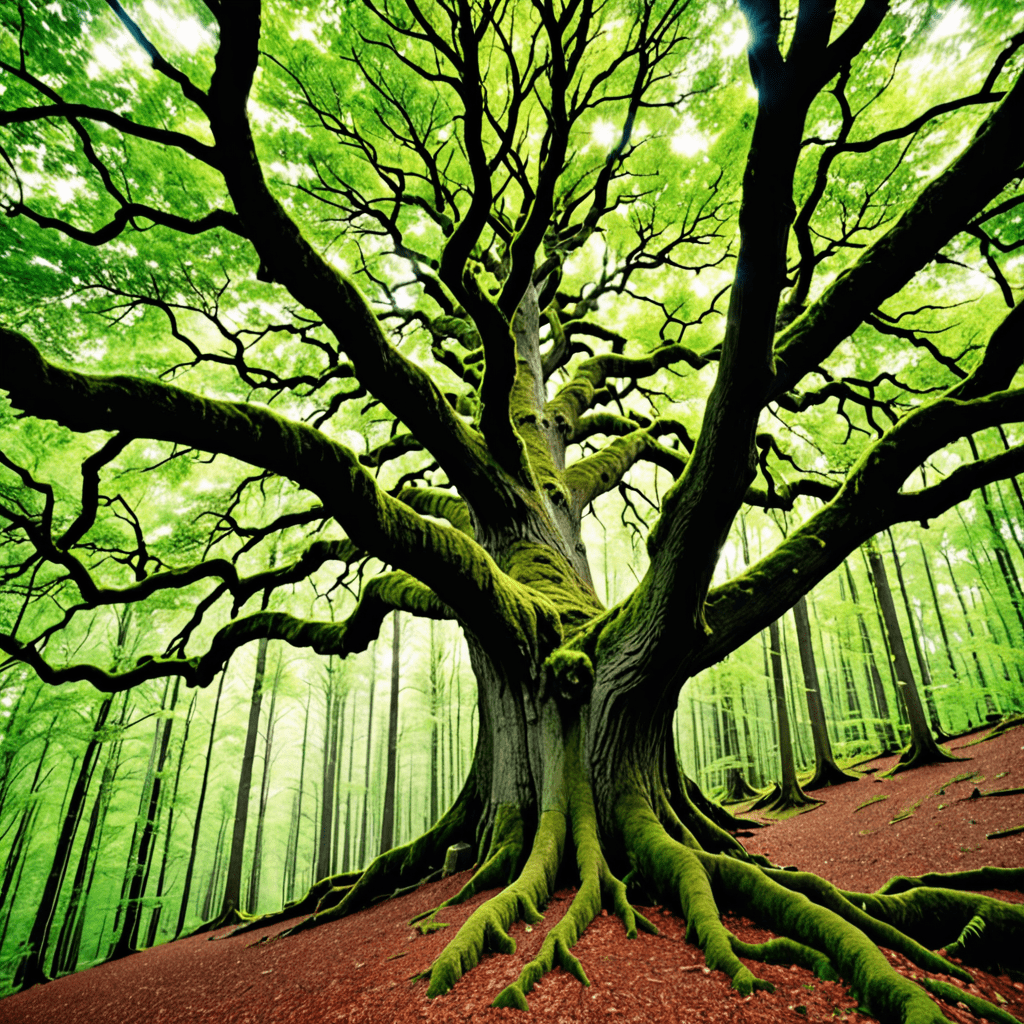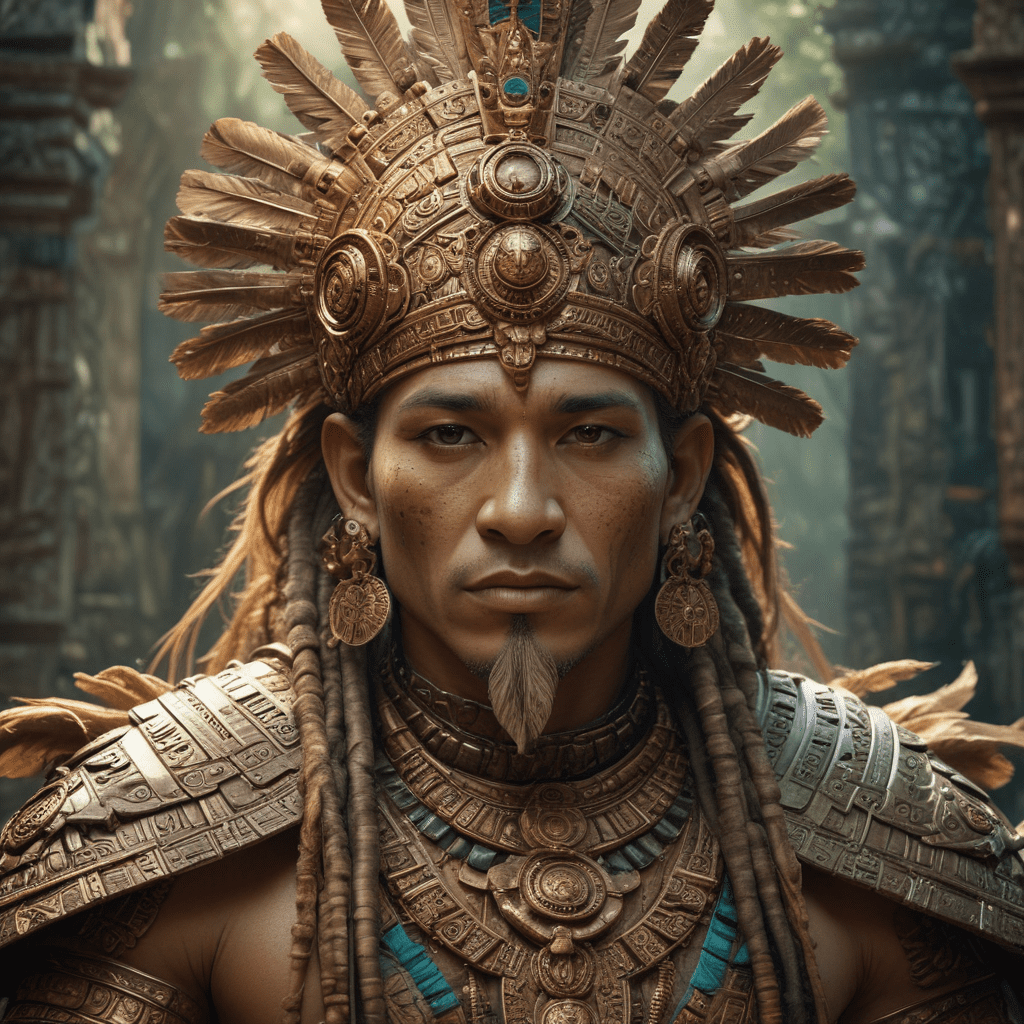The Symbolism of Trees in Norse Mythology
In Norse mythology, trees play a significant role beyond their physical existence. They are often used symbolically to represent various aspects of the Norse cosmos, connect different worlds, and convey messages and meanings. Let’s delve into the rich symbolism of trees in Norse mythology.
Yggdrasil: The World Tree
Perhaps the most iconic tree in Norse mythology is Yggdrasil, known as the World Tree. Yggdrasil is a massive ash tree that serves as the center of the cosmos, with its branches extending to the heavens, the roots delving deep into the underworld, and the trunk representing the physical world. It symbolizes interconnectedness, balance, and the cyclical nature of life, death, and rebirth.
The Sacred Tree of Life
Another important tree in Norse mythology is the Sacred Tree of Life, also known as Ask and Embla. According to the creation myth, these were the first two humans created by the gods from ash and elm trees. The Sacred Tree symbolizes the origin of humanity, growth, and regeneration. It embodies the idea of new beginnings and the resilience of life.
Trees as Sacred Symbols
Aside from Yggdrasil and the Sacred Tree of Life, individual trees in Norse mythology often carry symbolic significance. For example, the oak tree is associated with Thor, the god of thunder, strength, and protection. Thor’s oak embodies power, steadfastness, and protection from evil forces. The symbolism of trees in Norse mythology extends to include birch trees, symbolizing femininity and new beginnings, and ash trees, representing strength, harmony, and the bridge between worlds.
Symbolism in Rituals and Practices
The Norse peoples revered trees and incorporated them into their rituals and practices. They believed that trees were conduits of divine energy and wisdom. For instance, offering gifts to trees was a common practice to seek blessings, protection, and guidance. Trees were also believed to be dwelling places for spirits and deities, making them sacred sites for communication with the divine.
Throughout Norse mythology, trees hold a profound symbolic importance, representing the intricate connections between the physical and spiritual realms, the past and the future, and the gods and humanity. By understanding the symbolism of trees in Norse mythology, we gain insight into the profound beliefs and values of the ancient Norse peoples.
FAQ about the Symbolism of Trees in Norse Mythology
What role do trees play in Norse Mythology?
In Norse Mythology, trees hold significant symbolism and are believed to connect different realms. Yggdrasil, the World Tree, is a central figure representing the cosmos, with its branches reaching different worlds.
Which tree is considered the World Tree in Norse Mythology?
Yggdrasil is the World Tree in Norse Mythology. It is an immense ash tree that serves as a central axis supporting the nine worlds of Norse cosmology.
What does Yggdrasil symbolize in Norse Mythology?
Yggdrasil symbolizes the interconnectedness of all things in the Norse cosmos. It represents life, death, rebirth, and the cycle of existence. The tree also signifies wisdom, knowledge, and the cosmic order.
Are there other significant trees in Norse Mythology?
Yes, apart from Yggdrasil, other trees hold symbolism in Norse Mythology. The sacred tree of Odin, known as the sacred oak, was highly revered. It was believed to be a source of protection, strength, and knowledge.
What lessons can be learned from the symbolism of trees in Norse Mythology?
Trees in Norse Mythology teach us about the importance of connection, resilience, growth, and the cyclical nature of



